What to illustrate in Winter
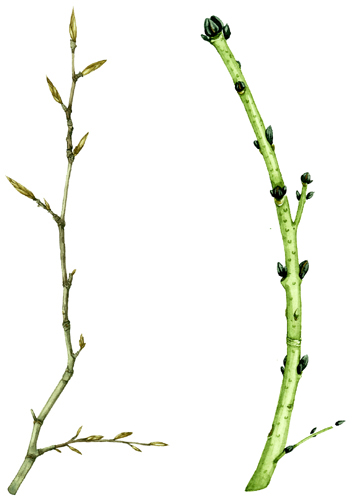
Botanical and scientific illustrators are bound by the seasons. It’s our quiet time in winter. Everything flowers in a mad rush in May. I hear natural history illustrators across the land wailing because there’s never enough time to draw the profusion of flowers in season before they go over. It’s a similar scenario in autumn, when fruits and nuts are everywhere. But when winter comes, what can a botanical illustrator draw?
Botanical illustration in winter: Evergreens
First, remember that not every plant loses its leaves and lies dormant over winter. All the evergreens are still available for study, and the gales help bring down pine cones and sometimes branches of conifers to draw.
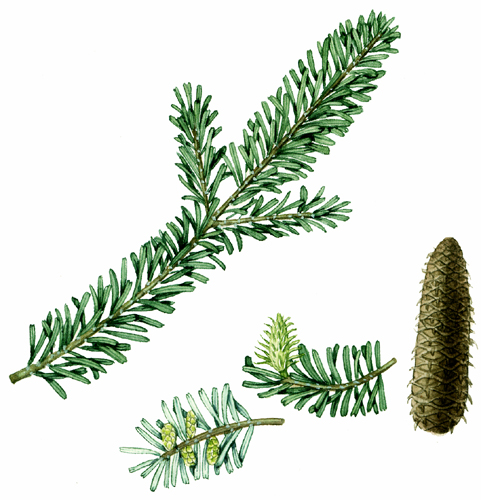
Holly is an exacting subject; the geometry of the curves of the leaves is something I’ve yet to get right, and the orange-red berries against the glossy green are a joy to paint.
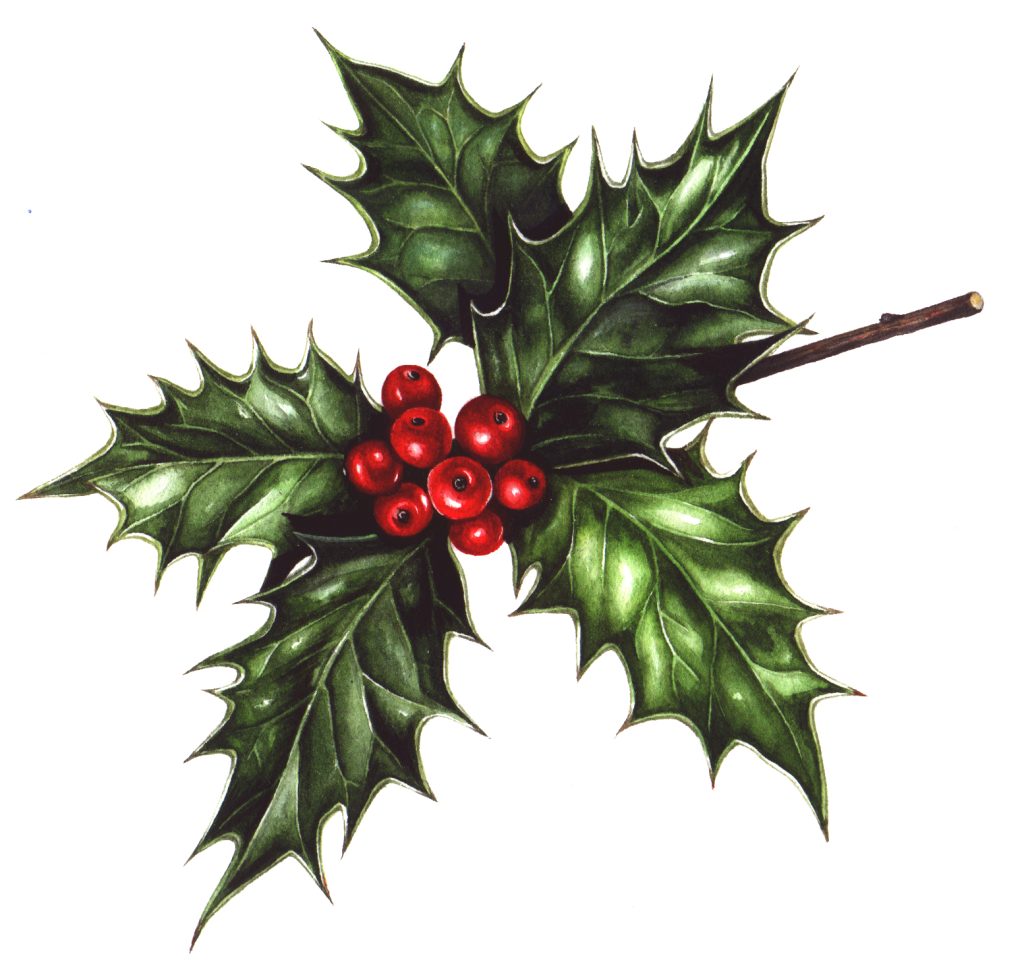
Illustrating Ivy: It flowers in winter
Another species worth taking some time to illustrate is common ivy. It’s flowers are tiny and intricate (and require a hand lens at the least); and painting the matte purple-black of the ivy berries is difficult, specially where they blend from bright green into this dark hue. A detailed study of the way light falls on a shiny ivy leaf can be very rewarding, as can a careful examination of the way the ivy attaches its stems to walls.
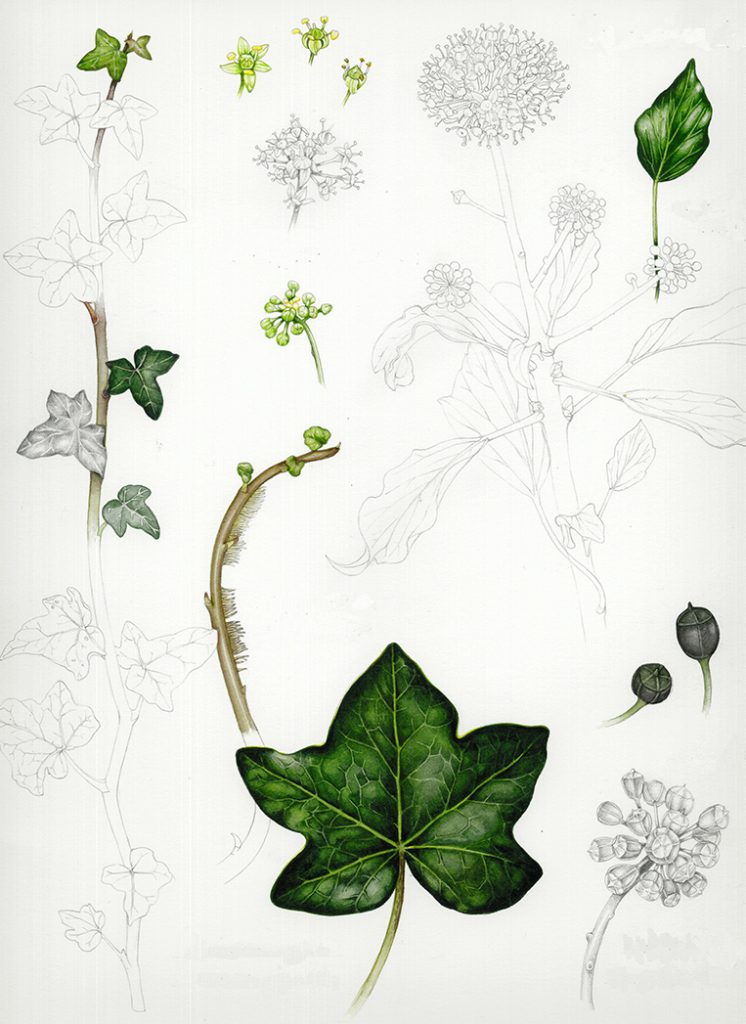
Winter trees and twigs
All the deciduous trees are free from leaves; instead of bemoaning the fact, take advantage of them! It’s essential to understand the under-lying structure of a tree if you want to illustrate it in full foliage, so doing detailed drawings of the layout of the branches is really helpful. It’s also fascinating to see how utterly different these tree species look when you take the time to draw them. This one’s a silver birch.
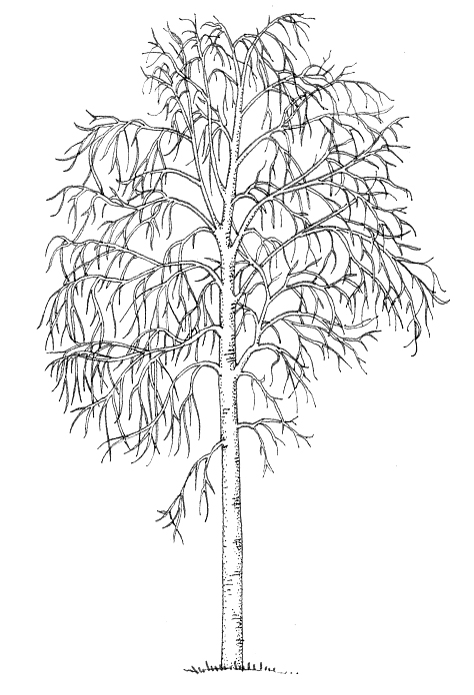
Likewise, twigs of trees are highly species specific. Not only in colour, and the pattern of the buds, but the buds themselves are distinctive enough to be diagnostic of different species. Compare an ash twig with that of a beech tree (below). Well worth painting.

Trees also have bark which is worth examining. It feels rather peculiar to sit and paint a portrait of a patch of tree bark in the drizzle (like the oak bark study below), but the results are rather interesting and again, it’s a good way to learn about enormous differences between different species of tree which often go unnoticed when they’re covered in all those showy leaves, flowers, and fruit.
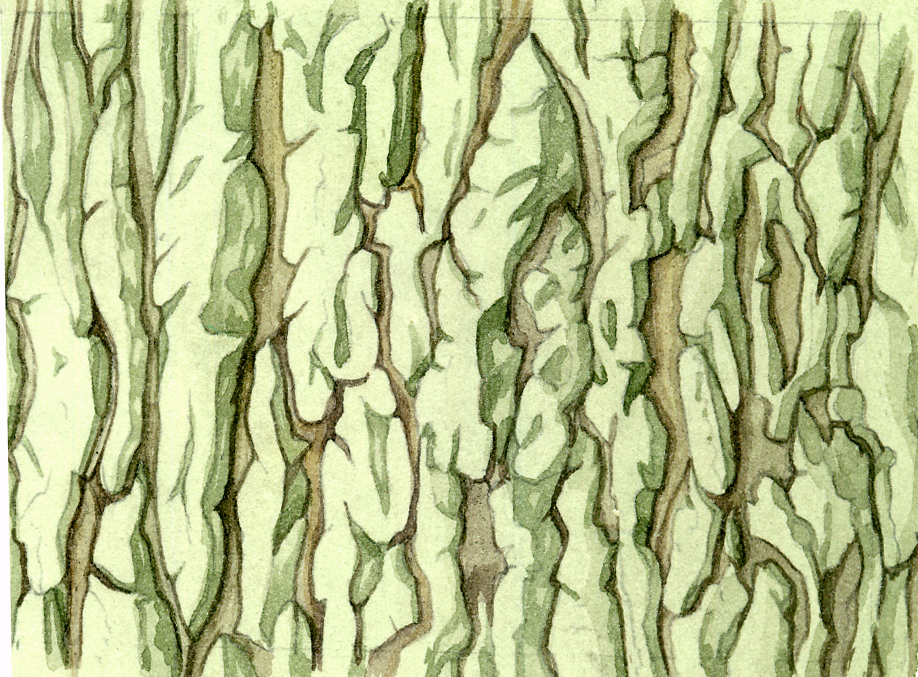
Grocery shops for Vegetables and flowers
Don’t underestimate your local grocery shop. Not only do they provide bunches of flowers which you can paint through the winter (I don’t believe there’s a week of the year when you can’t get your hands on a dark red rose from somewhere, probably your local petrol station); but they also have wonderful subjects in the fruit and vegetable aisles. I’ve drawn parsley, cucumbers, tomatoes, and brussels sprouts in the depths of winter thanks to my local green-grocer.
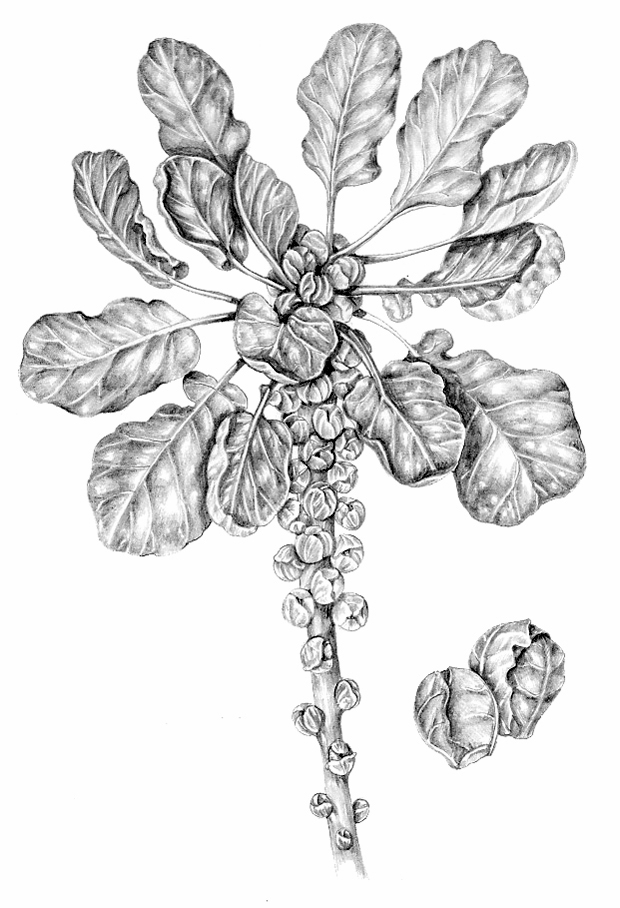
…and Winter is over!
Finally, when you’ve tired of fruit an veg, of evergreens, and of winter trees; you’ll find spring is creeping up again. One of the earliest wild flowers out here is the lesser celendine, although all the gardens are now sporting snowdrops, and crocus too. Watch out! Before you know it everything’ll be coming up and you’ll be desparate for the calmer days of winter when all you needed to paint was the bark of an oak tree.


